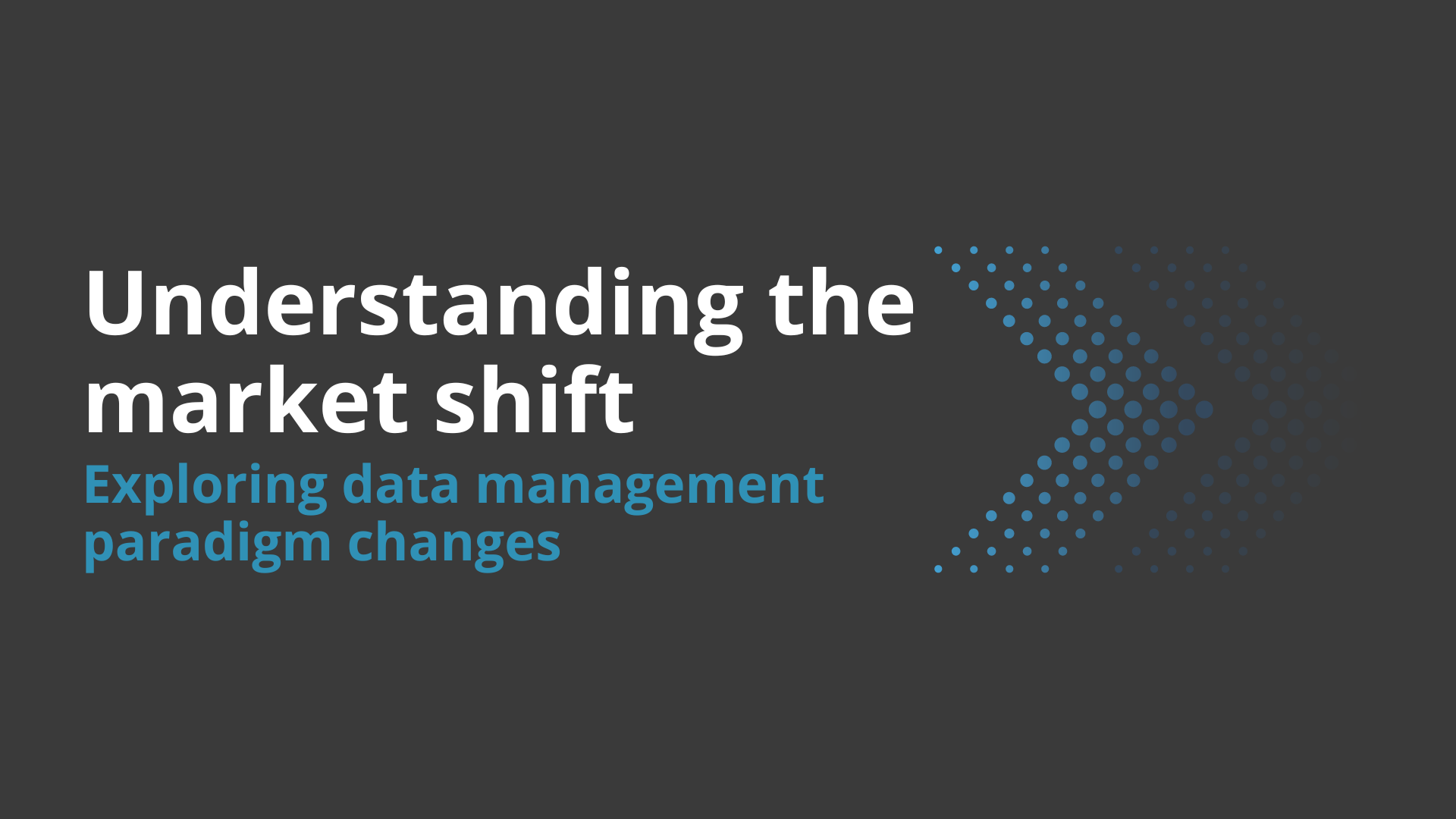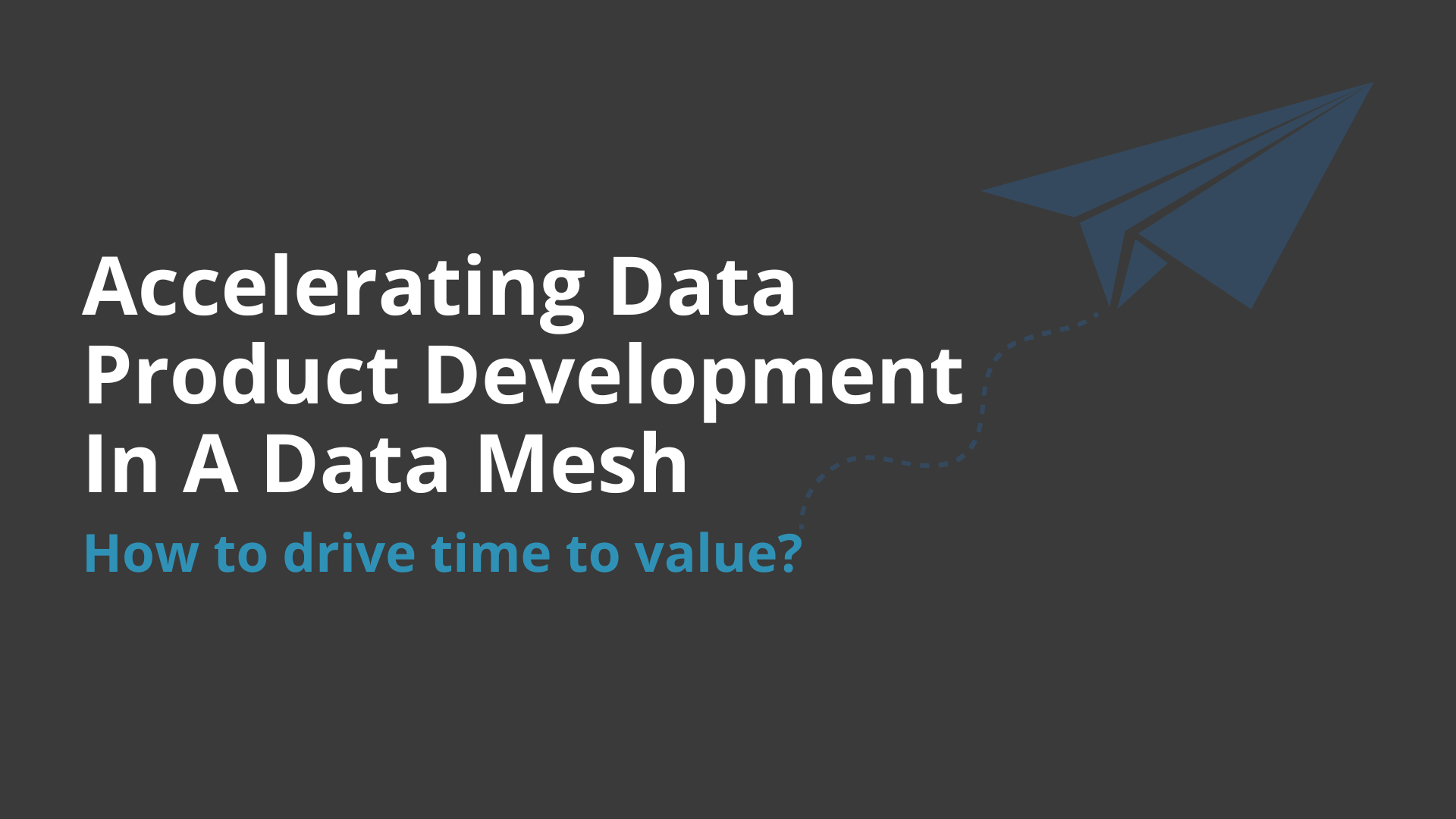The results of data analyses are becoming increasingly important to corporate decision-making and the tendency is on the rise. This is the main finding of the current survey on: "Creating value from data", carried out by the Bitkom IT Industry Association in conjunction with the corporate consultants KPMG. In this representative study, around 700 managers in 12 industry sectors were questioned.
The heterogeneous nature of the data to be analysed is steadily increasing. Consolidation and analysis of these many differing pieces of data is becoming a central success factor for companies – and it must be carried out on a per second basis and be highly available. The quality of the analytical data management solution is therefore becoming increasingly important within the company.
But can existing data warehouse solutions still meet today’s requirements? Is a data warehouse an approach that is modern enough, or is it simply a relic from the past?
Data automatically becomes information
Analytical data management solutions such as data warehouse solutions (DWH) are the central interfaces in a company, used to process the many forms of heterogeneous data collected. From this data, information is created that permits valid conclusions regarding the management of the company to be reached. Data warehouse solutions within companies are mostly oriented towards providing a standardised database (single point of truth) for all analysis requirements. Their tasks include, for example, collecting data from multiple sources, standardising it and in this way providing the data in good quality.
The limitations of traditional data warehouses
Data warehouses in the company have often grown organically across time. They are mostly high-maintenance and can only be extended with a great expenditure of effort. At the same time the demands placed on the company by its commercial environment are becoming more and more dynamic and volatile. Issues must be addressed in real time on the basis of large volumes of data – Business Intelligence and Big Data are worth mentioning as catchwords here. The ability of the data warehouse to react becomes a central success factor for the company and as a result analytical solutions must become increasingly agile and flexible. It is exactly these considerations, however, that cause many traditional data warehouse solutions to come up against their limits. They must therefore be made “fit for the future”.
A radical cure – or trust what you know?
The crucial question is the approach to modernisation – do you functionally extend the existing DWH or do you use completely new technologies. Both approaches have their merits. The approach taken is often a strategic decision and not purely technological. A smooth transition from an existing traditional system to a modern solution is often better than a radical cure.
Transforming old into new
It is not necessary to reinvent the wheel when modernising a traditional data management solution. Instead, a responsible transition from the old DWH solution to a more agile and flexible data warehouse must be focused on. In doing so, the existing solutions and architectures must be added to, extended and enriched in such a manner that they meet current requirements and are also future-proof.
Data warehouse automation
The establishment of a data warehouse automation tool such as, for example, biGENiUS – is an appreciable step on the road to reacting to new requirements on traditional solutions. It increases the agility of the DWH and makes extremely short release cycles possible, allowing the DWH to be adapted to external requirements. It utilises methods to increase efficiency and effectivity and goes much further than just automatically generating data structures and ETL processes.
The modernisation path is a strategic decision
The most important point in modernising a data warehouse is to make the architecture essentially fit for the future. Further main aspects are automation and industrialisation, technical improvements and self-service solutions for the professional user. Modernisation of the DWH does not necessarily mean the end of tried and trusted solutions, however. Instead, traditional solutions can mostly be supplemented with additional tools without having to forego the potential of new analytical functions. But particular attention should not just be paid to technical quantum jumps – possibilities for improvement are also to be found in a redesign of the processes.
Further reading
Future-proof your data with advanced automation





